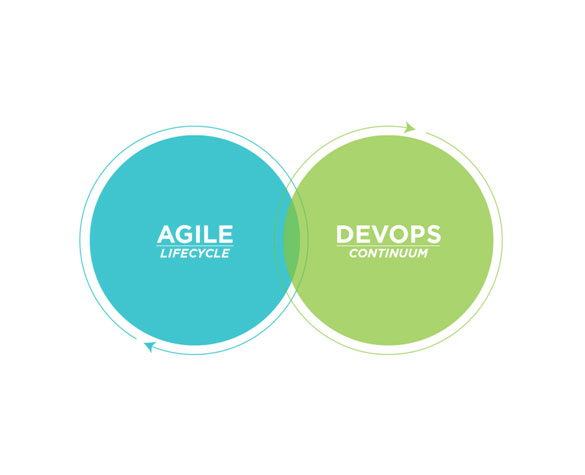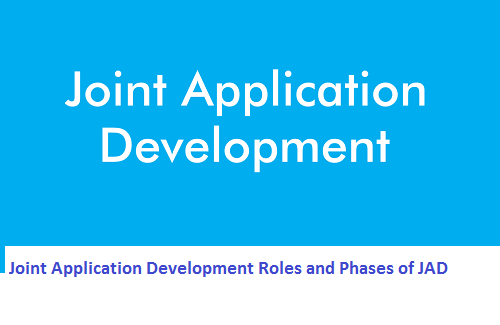 What is the software development life cycle?
What is the software development life cycle?
The Software Development LifeCycle Methodologies(SDLC) refers to a methodology with clearly defined processes for creating high-quality software. The SDLC process involves several distinct stages, including planning, analysis, design, building, testing, deployment and maintenance.
SDLC or the Software Development Life Cycle is a process that produces software with the highest quality and lowest cost in the shortest time possible. SDLC provides a well-structured flow of phases that help an organization to quickly produce high-quality software which is well-tested and ready for production use. The software development lifecycle Methodologies (SDLC) describes the steps undertaken by software engineers when developing software, from beginning to end. Just like every production process has steps that the expert takes to produce the end product. These steps usually include planning, designing, producing, testing, etc.
Phases of the Software Development Life Cycle
The software development life cycle also follows some steps. Usually, the SDLC process is divided into the following phases:
Planning: The very first phase of the SDLC starts with requirement gathering. This is known as the planning stage. It is the most important phase of the entire SDLC from the perspective of project managers and stakeholders.
Analysis: Once all the requirements are collected, it’s time to analyze those requirements for feasibility and validity. Simply stating, it is studied whether it will be possible to add the requirements to the software or not. Once the requirement analysis is complete, the testing time following the Software Testing Life Cycle initiates the Test Planning phase.
Designing: This stage includes the designing of requirements specified in the very first phase of the SDLC. In addition to assisting in specifying hardware as well as system requirements, Software Design also helps in defining the overall software architecture. During the designing phase, testers are required to come up with an apt testing strategy. It contains what needs to be tested, and how it needs to be tested.
Development & Testing: While some development teams consider this phase as a single unit, others prefer to break it into two sub-phases. Irrespective of the choice a development team makes, the whole process remains the same. So, it’s all a matter of preference.
Implementation: Also known as the deployment phase, the implementation phase is carried out right after the successful testing of the software product. It is simply delivering the software to the end-user or installing it onto the customer’s system(s).
Maintenance: At last, the maintenance phase is executed. This phase deals with dealing with problems experienced by the customers/end-users that they experience while using the developed software. This needs to be done time and again.
Some of the popular Software development lifecycle methodologies
• Agile
• Lean
• Waterfall
• Iterative
• Spiral
• DevOps
Benefits of the SDLC: SDLC done right can allow the highest level of management control and documentation. Developers understand what they should build and why. It is important to have an SDLC in place as it helps to transform the idea of a project into a functional and completely operational structure. In addition to covering the technical aspects of system development, SDLC helps with process development, change management, user experience, and policies. Another benefit of an SDLC is that it allows for planning ahead of time, determine costs and staffing decisions, define goals, measure performance, and validate points at each phase of the cycle to boost the quality of the final product.









